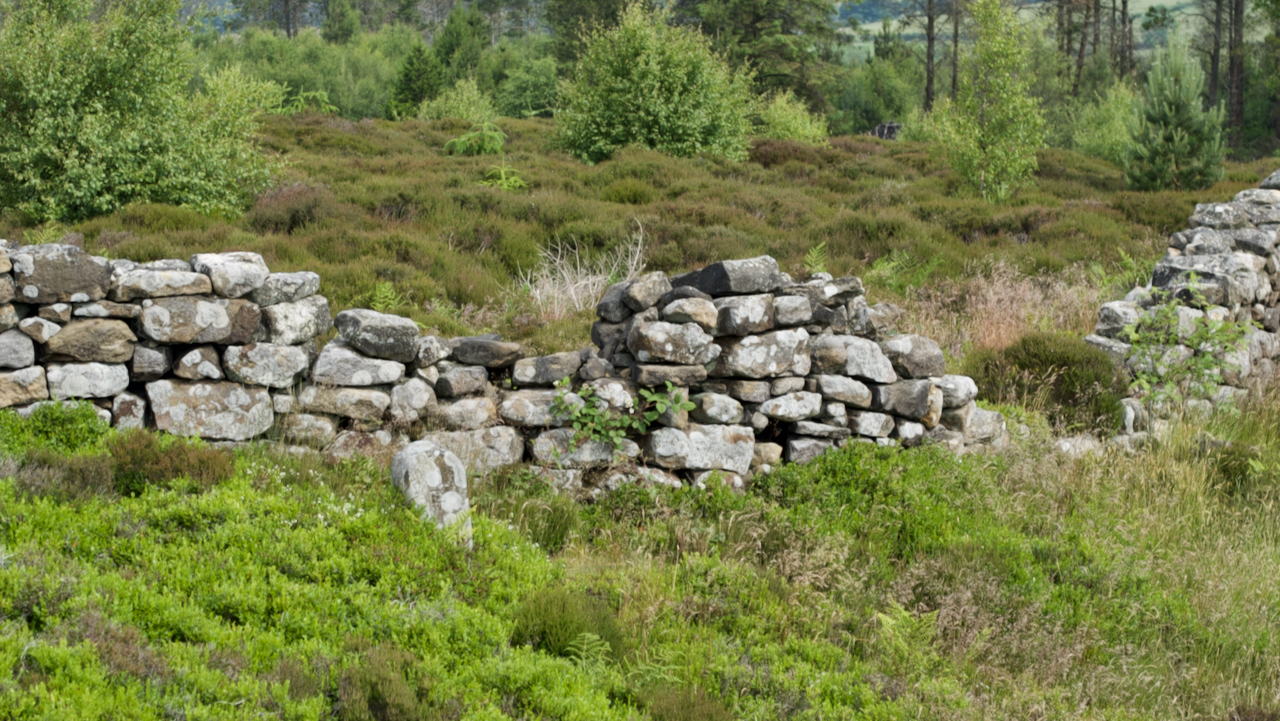A boundary stone on Easby Moor just to the north of Captain Cook’s Monument.
I’ve passed this many times before, and may well have posted a photo of it. I tend to forget what I’ve done. Someone pulled me up about that the other day but … hey ho.
The stone marks the boundary between the parishes of Easby and Great Ayton. One face — the north — is inscribed “T H R G A 15”, and the south “E”1North York Moors National Park. (2022). HER Map: North York Moors National Park. HER No: 9325. [online] Available at: https://www.northyorkmoors.org.uk/discover/archaeology/her-map [Accessed 24 Jun. 2022]..
Whilst the “E” is obviously for Easby, and the “G A” is Great Ayton, I would guess “H R” are the initials of Henry Richardson (1741-1818). The “15”, I believe, is a consecutive number of the stone, but the “T” eludes me.
Henry Richardson was Lord of the Manor of Great Ayton from 1801 to his death in 1818, so I guess he ordered the stone to be placed.
In this instance, the parish shared the same boundary as the manor land. But this is not necessarily the case and may well not be true now. To confuse matters more, the parish may be the ecclesiastical area under the under the pastoral care of a priest, or it may be the smallest tier of civil governance.
In the mists of time, these may have once been all the same, but divergence was inevitable. Manor lands have been split and sold, church parishes merged as congregations have dwindled, and large areas on the country are said to be ‘unparished’, in fact, although parish and town councils cover over 90% of the geography of England, only around 36% of the population fall under their governance2Sandford, M. (2022). Why do parish councils only exist in some parts of England? [online] House of Commons Library. Available at: https://commonslibrary.parliament.uk/why-do-parish-councils-only-exist-in-some-parts-of-england/ [Accessed 18 Jun. 2022]..
The rest reside in one of the major urban areas that are governed by city councils or unity authorities.
In February 2022, the Government published its Levelling Up White Paper, announcing a “review of neighbourhood governance in England”. “Hyper-local democracy” is the new buzz-phrase — more parish and town councils.
It sounds like these new urban “Parish Councils” will cover comparatively larger populations than our traditional village councils. A wider range of services will be delivered beyond cutting the grass in the cemetery. Inevitably this will mean more staff and larger budgets will be required.
This may well be a good idea and whilst arguments over boundaries between communities can hopefully be avoided, I do worry that councils become entrenched within our two party system, with bigger budgets risking more dosh being creamed off by unscruplous politicians.
- 1North York Moors National Park. (2022). HER Map: North York Moors National Park. HER No: 9325. [online] Available at: https://www.northyorkmoors.org.uk/discover/archaeology/her-map [Accessed 24 Jun. 2022].
- 2Sandford, M. (2022). Why do parish councils only exist in some parts of England? [online] House of Commons Library. Available at: https://commonslibrary.parliament.uk/why-do-parish-councils-only-exist-in-some-parts-of-england/ [Accessed 18 Jun. 2022].

Leave a Reply